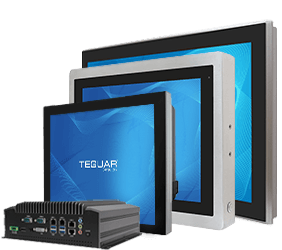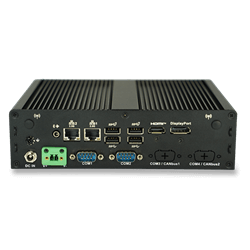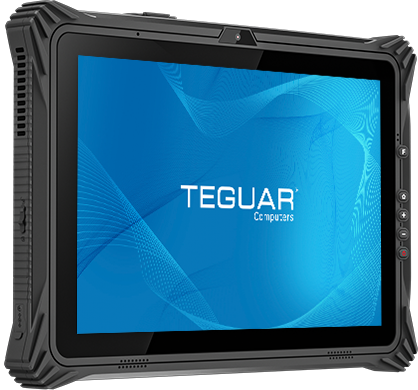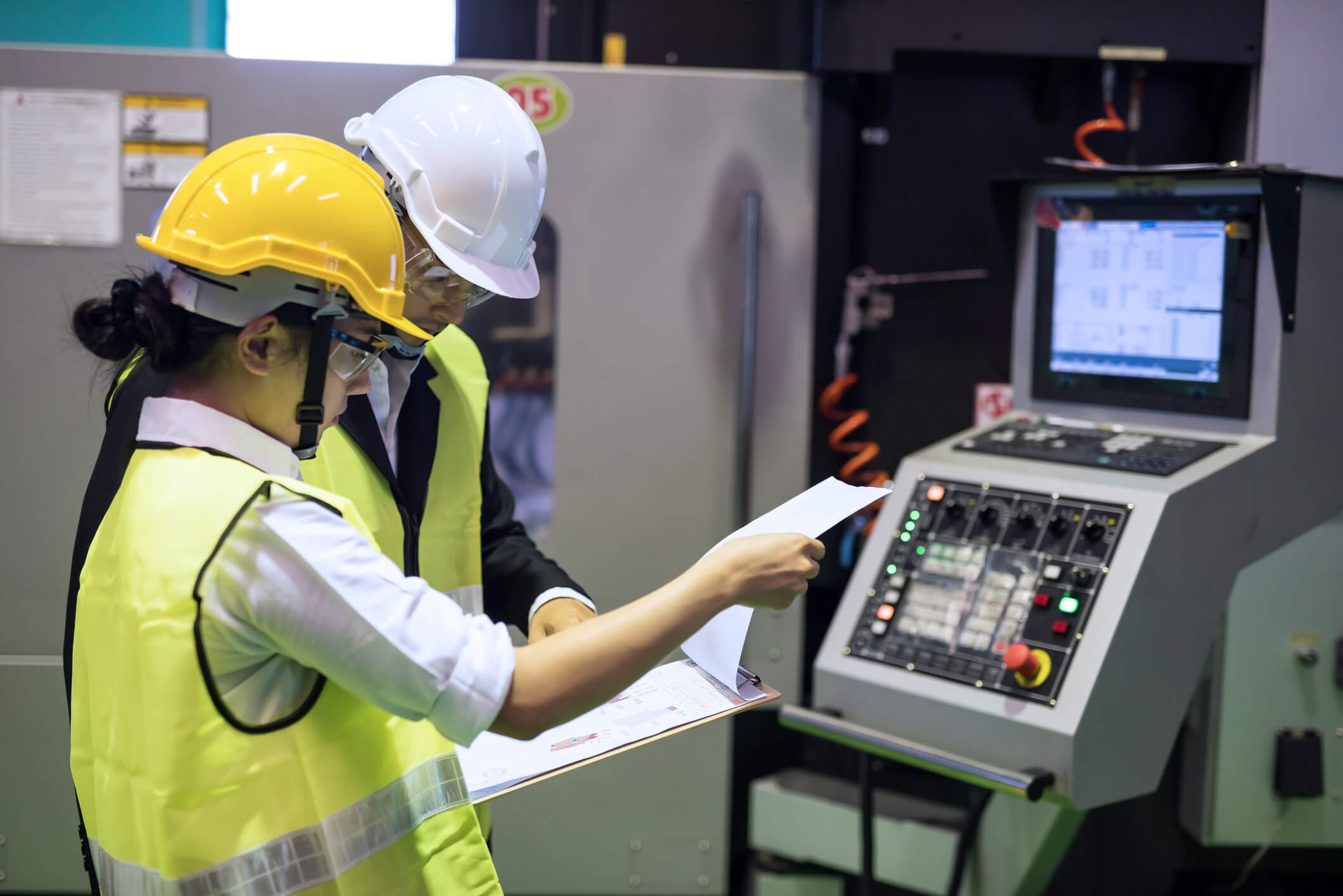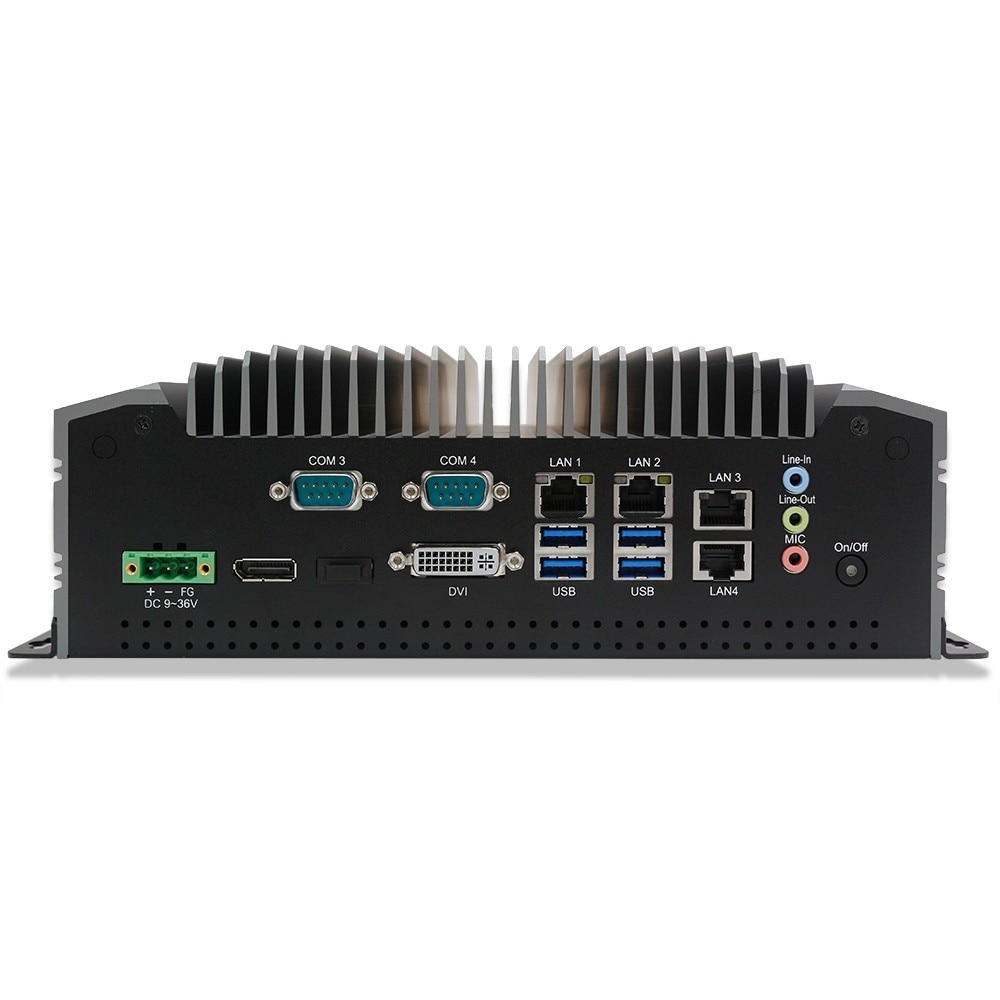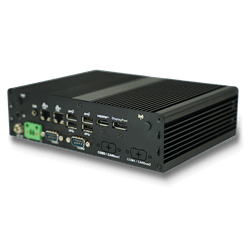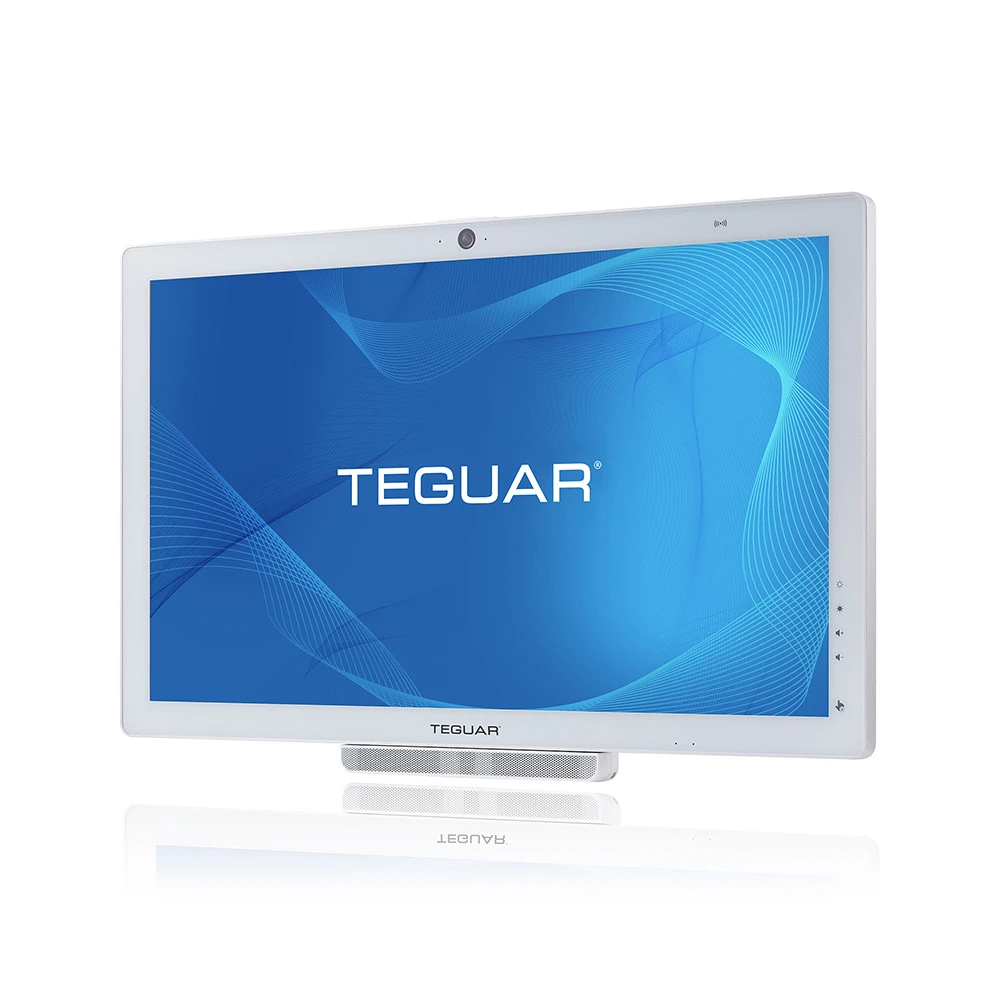Industrial Careers in the Age of Machine Learning
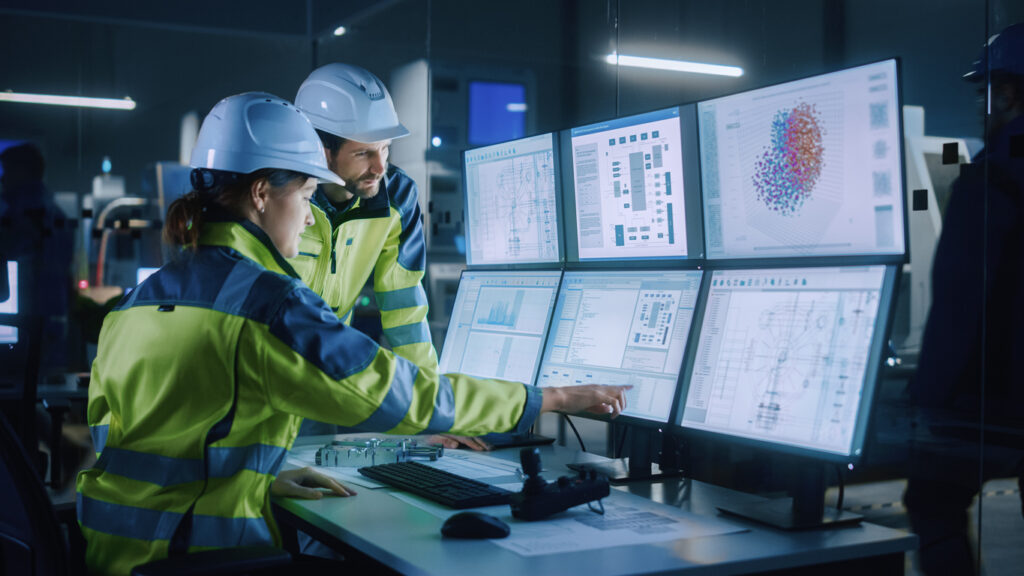
The amount of data available to those in the industrial sector can be borderline overwhelming. Everything from consumer behavior to supply chain logistics and even machine and equipment health, provides data that allows companies to make better, more informed decisions regarding logistics and day-to-day operations.
The sheer amount of data collected is only useful with the application of automated resources such as AI and machine learning that can help to make use of this data in intelligent, insightful, and ultimately helpful ways. As these technologies become more integrated, their impact in the industrial sector determines how operations are managed, how employment is changing, and the increasing collaboration between human employees and machine learning technology.
What is Machine Learning?
The first step in understanding how to apply machine learning to the industrial sector is understanding the technology itself. Machine learning refers to using artificial intelligence and algorithms to analyze data and apply the AI’s knowledge to help make predictions and decisions.
Machine Learning Techniques
There are several techniques utilized in machine learning. What technique is most useful depends on the type and amount of data being processed.
Supervised Learning
The key difference between supervised and unsupervised learning is the use of labeled data sets. Supervised learning utilizes labeled data sets by designing them to train and “supervise” computer algorithms. Doing so helps the algorithm learn to classify data and predict outcomes more accurately.
Training supervised learning models is very hands-on and time-intensive. It requires data input, decisions about algorithm choice, training, and data visualization. As the algorithm is given more and more data from a training data set, it learns from its ability to reach the pre-defined output with accuracy. Supervised learning relies primarily on two approaches:
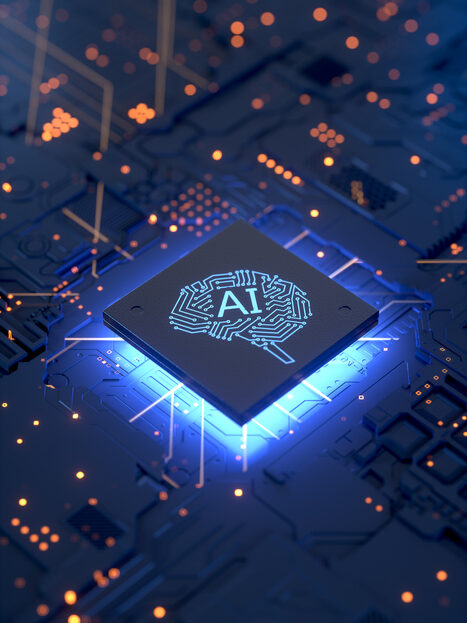
Regression
Regression uses an algorithm to analyze and predict outcomes from a relationship between dependent and independent variables. When there is only one independent and dependent variable, it is known as a simple linear regression. Increasing variables utilize a multiple linear regression.
What is important to know is that regression models can help manufacturers accurately predict the remaining useful life of a machine or the probability of specific machine failures and help businesses project things such as sales revenue.
Classification
While regression looks at two numerical variables, classification handles data where there are clear categories to sort the data into, such as “dogs” and “cats” or “positive” and “negative.” Some examples of classification problems include decision trees, logistic regression, and artificial neural networks. One of the best real-world examples of classification is the algorithm that filters spam emails out of the primary inbox.
Unsupervised Learning
Supervised learning requires labeled inputs and outputs to help train the model to become more and more accurate. In contrast, unsupervised learning models are given no labels and instead look for patterns in large data sets.
These models are useful for discovering patterns that humans may not be aware of or able to predict independently. Unsupervised learning is used primarily in three specific ways.
Clustering
A data-mining technique used to process large amounts of raw, unlabeled data, this method groups data based on similarities and differences in the information it processes. Clustering can be particularly useful for cutting out irrelevant outliers in data sets.
Association
If you have ever been referred to a new product, song, or television show in the “you might also like” section of your favorite sites and apps, then you’ve probably encountered the association method of unsupervised learning. This technique finds relationships between unlabeled variables.
Dimensionality Reduction
Dimensionality reduction is primarily used before data is fully processed, and its primary use is to help reduce the dimensions (amount) of a given data set while preserving the accuracy of what is reflected in the output. Some dimensionality reduction techniques use neural networks to compress data and create new representations of them (such as encoding or image compression).
Reinforcement Learning
Reinforcement learning (RL) is the science of decision-making. Rather than training machine learning models on previously determined outputs, as in supervised learning, reinforcement learning allows an “agent” (the machine or software that is learning) to learn from a trial-and-error process that provides positive, negative, and neutral feedback. Its goal is to find the most optimized path or choice that will lead to a maximized reward. RL can train data analysis programs and robotics used in manufacturing, and help adjust large-scale real-time parameters for places such as factories.
Deep learning
While we have already touched on neural networks a few times, it is important to understand just how innovative and essential they are. Deep learning is a subfield of machine learning that creates artificial neural networks from structured algorithms. This learning method allows these systems to learn from themselves and make sophisticated and intelligent decisions. These networks are so named because they mimic the biological neural network in our bodies, and the goal of these systems is to analyze and respond to information much like a human would (a very, very intelligent human).
Deep learning is one of the most innovative and technologically advanced applications of machine learning that exists right now. Deep learning is the foundation of advanced machine vision, and from self-driving cars to facial recognition and natural language processing, deep learning is pushing the field of machine learning and AI to new heights.
Examples of Machine Learning In the Industrial Sector
Now that we understand the processes that make up machine learning, let’s look at its impact on software and machinery in the industrial sector. Machine learning has implications in almost every industry. The rapid rate at which it is changing the fields of manufacturing, energy, technology, and agriculture is particularly important.
Software
Machine learning software is employed by businesses in the industrial sector every day and has far-reaching applications to help aid work in these fields.
Predictive Maintenance
Industries that rely heavily on machinery, such as construction, agriculture, and refineries, struggle to balance time-intensive and expensive maintenance with uninterrupted operations. The rugged, unpredictable nature of these environments often means that it is hard to predict when to invest in repairs and maintenance before more severe problems arise.
In response to this key issue, companies now use machine learning to analyze the historical data associated with their machinery and the data outputs provided by the machines to predict when to practice maintenance on their equipment more accurately. This helps companies avoid machinery failure that could shut down operations while cutting back on costly, unnecessary maintenance.
Predictive Quality and Yield for Inventory and Supply Chain Management
Predictive quality is an application of machine learning that allows companies to discover what is causing losses in their manufacturing or supply chain processes or to predict the source of quality defects.
Predictive quality is excellent at identifying hidden or underlying issues that humans are not great at identifying on their own. Utilizing this analysis method can help to address any problems in your production and inventory process.
Employee Training
Machine learning software can be especially useful when it comes to employee training. Machine learning supports adaptive learning, which refers to the personalization of learning experiences through software. Adaptive learning allows computers to learn about employees’ past experiences and tailor training programs to their specific needs and skills.
These algorithms analyze an employee’s past performance and learning trajectory, creating a tailored learning path with real-time feedback and dynamic adjustments to training content. The software can also predict future skill needs, allowing for proactive training, and can create immersive, simulated training environments for hands-on experience.

Renewable Energy
As renewable energy becomes an increasingly important aspect of our communities, power companies must harness machine learning and AI to help them utilize these energy sources.
Renewable energy typically comes from sources such as sunlight, water, and wind, which are dependent on weather conditions and timing to capture them. Power companies use machine learning to forecast and predict the availability of these renewable resources and manage the power supply accordingly.
Machine learning also plays an essential role in grid management and uses data to predict when and where to focus energy production.
Hardware
Machine learning is becoming increasingly integrated with the devices and industrial machinery it manages and learns from.
Machine Learning Devices
Machine learning devices such as computers equipped for machine vision, edge computing, and quality control are an increasingly important aspect of data analyses and prediction in the industrial sector. These devices, including computers and sensors, can detect anomalies, optimize machinery, and provide insight into the company’s workflow, process, and supply chain operations.
Edge Computing
Instead of sending data to an external cloud or computing source, edge computing refers to analyzing data locally where it is collected. Edge computing is beneficial to the industrial sector in a number of ways: it cuts down on bandwidth usage, increases security, and allows for real-time decision-making. This real-time analysis is especially important in manufacturing plants where operators can respond to the data pulled across the entire operation to make monitoring and predictive maintenance decisions.
Industrial IoT (IIoT)
The Industrial Internet of Things (IIoT) refers to the larger systems of devices, sensors, apps, and equipment that are used to monitor and analyze data from large industrial operations. Both machine learning devices and edge computing are a part of the larger Industrial IoT, in addition to smart sensors that can provide machine learning devices with real-time data.
Robotics
Machine learning is used to train robots to take on repetitive or dangerous tasks, freeing up the human workforce to take on roles that require more complex decision-making or strategy.
Autonomous and Collaborative Robots
The key difference between autonomous (also known as industrial) and collaborative robots (cobots) is that autonomous robots can perform tasks independently of humans, but both robots benefit from increased machine learning models.
Autonomous robots are able to navigate dynamic environments and make decisions based on sensor inputs, making them great for handling dangerous materials and managing warehouses and inventories. Cobots are designed to work safely alongside people, and machine learning allows them to respond quickly to change and the humans around them.
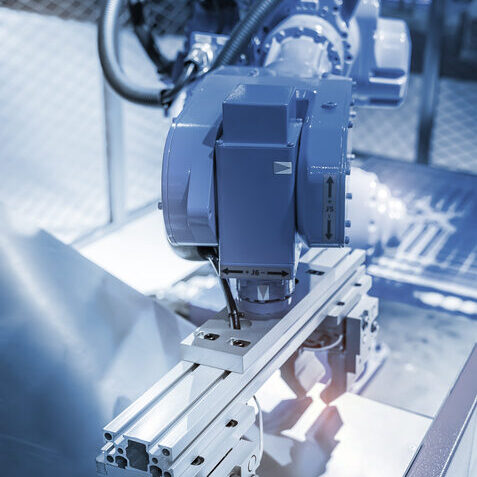
Computer Vision in Robots
Machine learning-based computer vision allows robots to become smarter and more adaptive. By providing robots with these machine learning capabilities, they can respond to real-time visual inputs, avoid obstacles more accurately, and interact with humans or materials.
Impact on Job Roles & Skills
The widespread adoption of machine learning in the industrial sector has had a significant impact on its job market and required skill set. Some roles are evolving and others are being phased out while new positions are being created.
Machine learning allows devices and robots to take on the automation of routine tasks such as data entry, data analysis, and the monitoring of machinery. These are the skills and roles most likely to be taken over by machines, and this technological transition is leading to the displacement of some employees who typically take on these positions.
In contrast, there is a growing market for skilled data and AI specialists. While machine learning is an incredible asset to the industrial sector, it still requires humans to design, implement, and maintain the algorithms that machine learning technology is based on, as well as to make more nuanced decisions regarding the data outputs that machine learning provides.
Training & Education
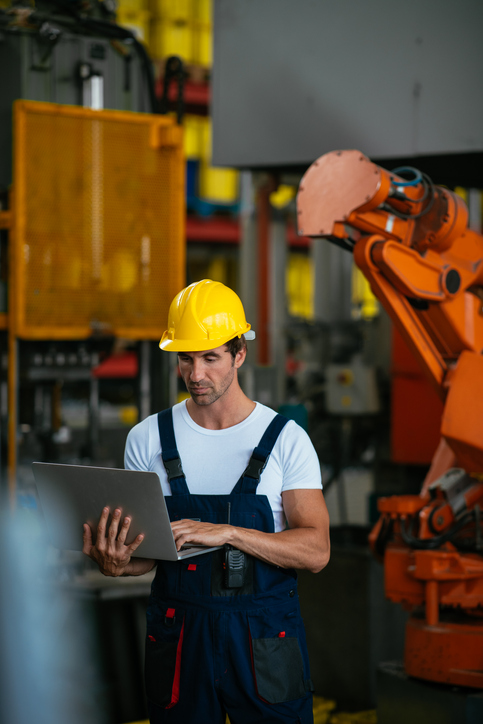
Robots and machine learning systems aren’t going to replace the overall workforce any time soon, but there is an increased demand for those who can collaborate and work with these machine learning platforms. From those who design the algorithms they’re based on to those who can utilize them to perform tasks quickly and efficiently and those tasked with repairing and maintaining machine learning platforms, many will be in demand for their ability to work in tandem with this technology.
Workers in the industrial sector should focus on training and reskilling to adapt to any changes brought about by machine learning in their industry. Data literacy will be a crucial skill for anyone working within the IIoT as they’ll need to be prepared to read and respond to the outputs provided by smart sensors. As automation and machine learning take on the more repetitive and less nuanced aspects of the workforce, humans need to develop complex analytical, communication, and creativity skills that will allow them to collaborate with their machine-driven counterparts.
Ethical Implications
While the adoption of AI and machine learning in the industrial sector is driving safety, efficiency, and innovation, it also raises important ethical considerations such as job displacement and bias.
As automation by machines increases, the market will force employers to create new positions or provide reskilling opportunities for human employees. There also needs to be careful boundaries drawn between human decision-making and machine autonomy to ensure workplace accountability and prevent potential harm.
In addition, machine learning systems are typically trained on historical data sets. These data sets can often contain past biases, and when used to help machines make decisions in areas such as resource allocation, they can perpetuate these pre-existing biases.
Machine learning models must also be created and maintained with transparency in mind. The humans who rely on this technology must clearly understand how and why a machine-learning model comes to a specific conclusion or makes a particular decision. This understanding and transparency helps to maintain trust and accountability between humans and machine learning models.
Machine learning and AI in the industrial sector represents a transformational shift in how these industries operate and make decisions. The powerful tools they offer large businesses are quickly improving the efficiency and effectiveness of their work, improving safety and cutting down on costs. As machine learning and AI continue to evolve, key players in the industrial sector must address ethical considerations and foster an environment of up training and reskilling to improve the collaboration between machine learning platforms and the humans that make up the workforce.
Additional Resources
Courses
- https://www.coursera.org/learn/machine-learning
- https://developers.google.com/machine-learning/crash-course
- https://www.udemy.com/topic/artificial-intelligence/
- https://pll.harvard.edu/course/data-science-machine-learning
- https://aws.amazon.com/training/learn-about/machine-learning/
Helpful Guides
- https://www.akkio.com/beginners-guide-to-machine-learning
- https://machinelearningmastery.com/start-here/
- https://towardsdatascience.com/a-practical-beginners-guide-to-machine-learning-dcc9cf5c692b
- https://developer.ibm.com/articles/cc-beginner-guide-machine-learning-ai-cognitive/
- https://www.pcmag.com/news/the-business-guide-to-machine-learning
Career Guides
- https://ambayarea.com/mfgcareerguide/
- https://scmtalent.com/manufacturing-career-paths
- https://blog.aghires.com/choosing-a-career-in-agriculture
- https://www.linkedin.com/pulse/why-choose-career-agriculture-mike-hemman
- https://career-guide.durovac.com/
- https://research.com/careers/industrial-engineering-careers
- https://www.unearthlabs.com/blogs/construction-career-guide
- https://www.nahb.org/advocacy/top-priorities/workforce-development/careers-in-the-construction-trades


